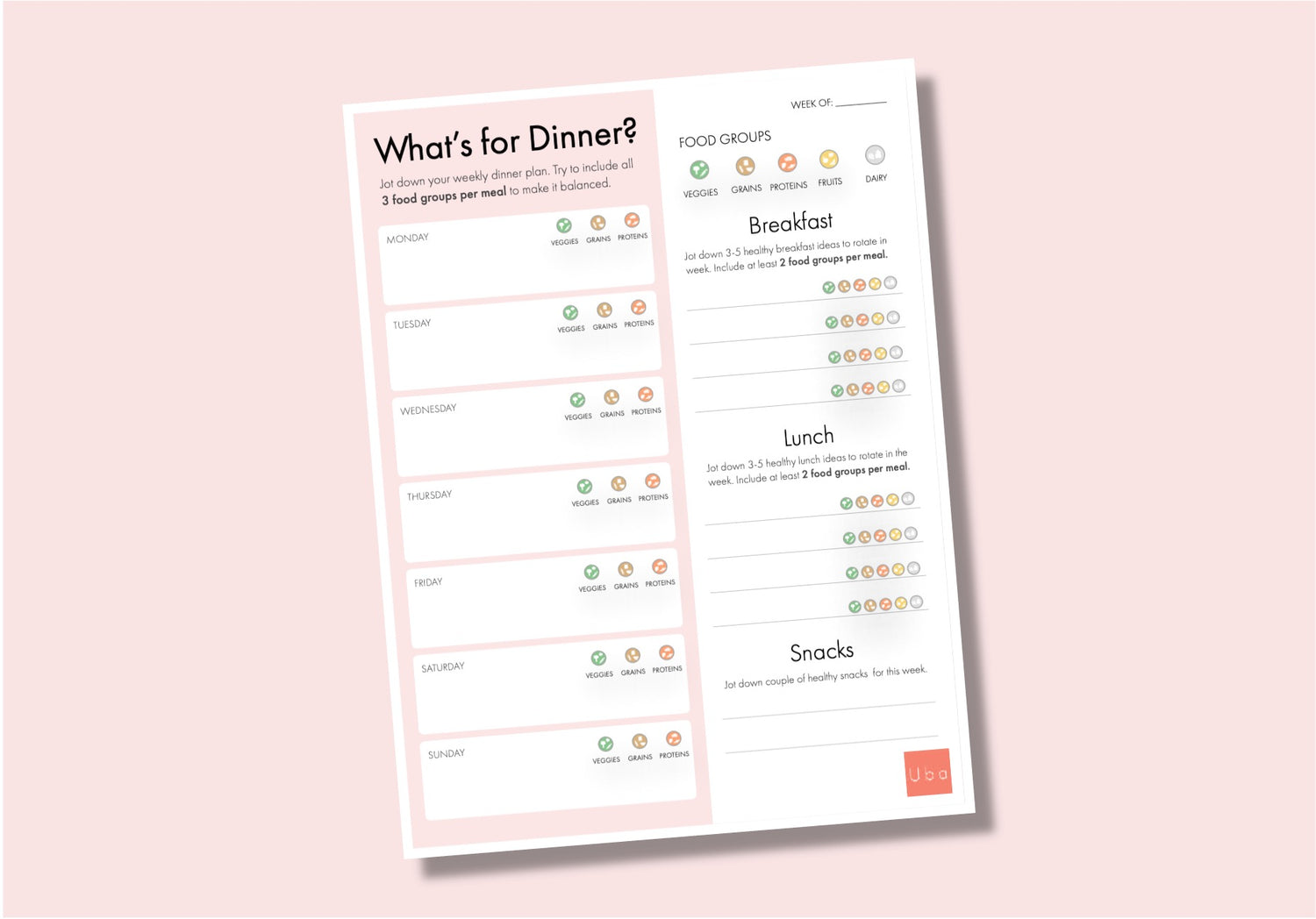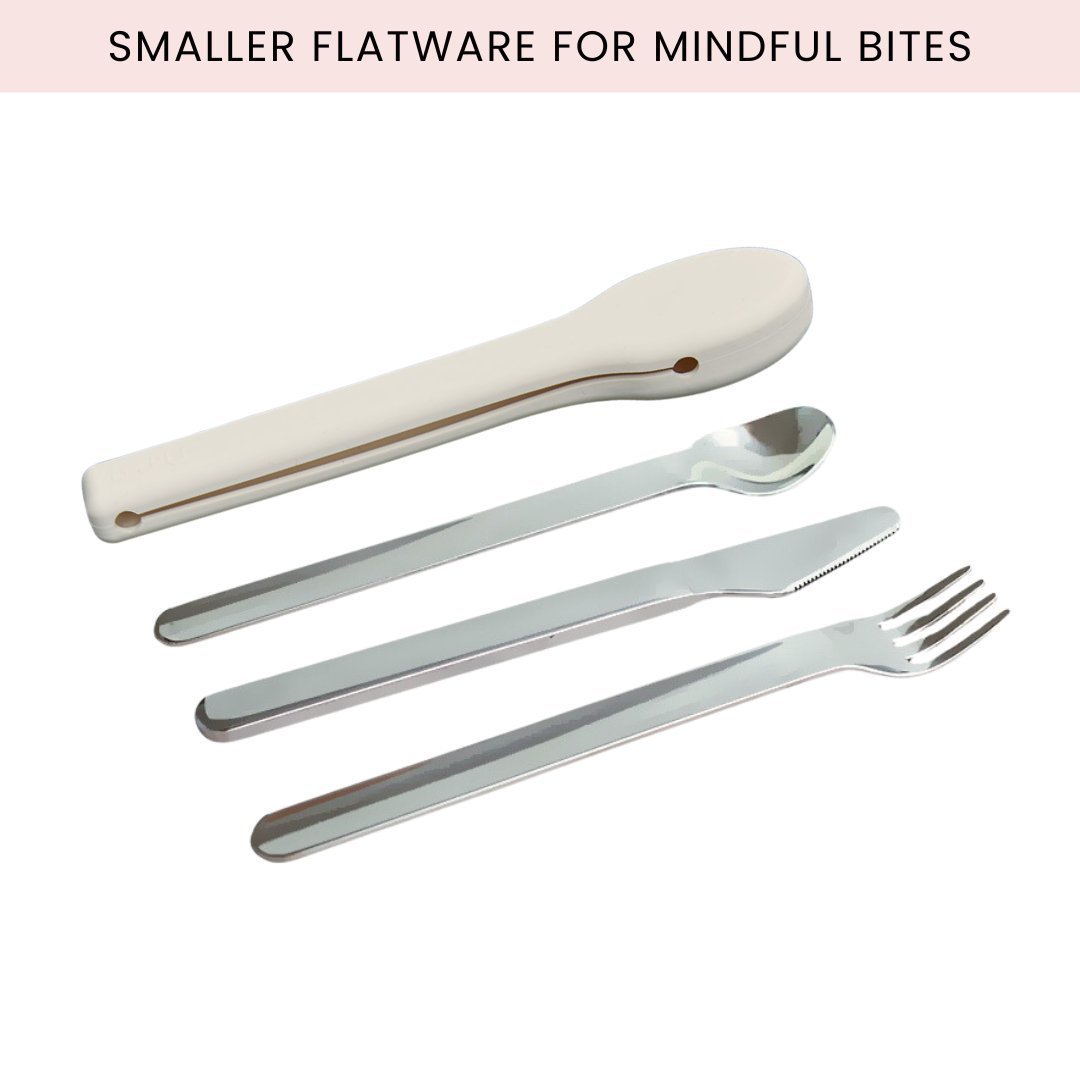Keeping a weight loss journal can be a powerful tool for achieving your weight loss goals. By tracking your progress, identifying patterns, and staying accountable, you can stay motivated and on track. Here are some tips and ideas for creating a successful weight loss journal.
1. Set realistic goals and track your progress.
One of the most important aspects of using a weight loss journal is setting realistic goals and tracking your progress towards them. Start by setting a specific, measurable goal, such as losing 1-2 pounds per week. Then, track your progress by recording your weight, measurements, and any other relevant data on a regular basis. This will help you stay motivated and see the progress you are making towards your goal. Remember to celebrate your successes along the way, no matter how small they may seem.
2. Record your food intake and exercise routine.
Another key aspect of using a weight loss journal is tracking your food intake and exercise routine. This can help you identify patterns and areas where you may need to make changes. Record everything you eat and drink, including portion sizes and any snacks or treats. Also, track your exercise routine, including the type of activity, duration, and intensity. This will help you see how many calories you are burning and how much progress you are making towards your weight loss goals. Remember to be honest with yourself and record everything, even if it's not what you want to see. This will help you make more informed decisions and stay on track towards your goals.
3. Use your journal to reflect on your emotions and triggers.
In addition to tracking your food and exercise, using your weight loss journal to reflect on your emotions and triggers can be incredibly helpful. Many people turn to food as a way to cope with stress, anxiety, or other emotions. By identifying your triggers and emotions, you can develop healthier coping mechanisms and avoid turning to food for comfort. Use your journal to write down how you are feeling throughout the day and any situations that may have triggered those emotions. This can help you identify patterns and develop strategies for managing your emotions in a healthier way.
4. Celebrate your successes and learn from your setbacks.
One of the most important aspects of using a weight loss journal is to celebrate your successes and learn from your setbacks. When you reach a milestone or achieve a goal, take the time to acknowledge and celebrate your progress. This can help keep you motivated and focused on your weight loss journey. On the other hand, when you experience setbacks or slip-ups, don't beat yourself up. Instead, use these experiences as opportunities to learn and grow. Reflect on what may have triggered the setback and develop strategies for avoiding similar situations in the future. Remember, weight loss is a journey and there will be ups and downs along the way. The key is to stay committed and keep moving forward.
5. Make your journal a daily habit and use it as a tool for long-term success.
Consistency is key when it comes to using a weight loss journal. Make it a daily habit to record your food intake, exercise, and any other relevant information. This will help you stay accountable and aware of your progress. Additionally, use your journal as a tool for long-term success. Set goals and track your progress towards them. Use your journal to identify patterns and behaviors that may be hindering your weight loss journey, and develop strategies for overcoming them. With dedication and commitment, your weight loss journal can be a powerful tool for achieving your goals and maintaining a healthy lifestyle.









